Rishikesh Ramachandran brings you the untold story behind the rise of the newest entrant in F1, Hispania Racing Team, and how Karun became its driver.
When Karun Chandhok was appointed an F1 driver on
March 4, barely 10 days before the start of the 2010 Formula 1 season, it was just the final act in a racing saga involving financial strife, marketing savvy, and an old friendship between billionaire F1 boss Bernie Ecclestone and the Chandhoks. Rishikesh Ramachandran brings you the untold story behind the rise of the newest entrant in F1, Hispania Racing Team, and how Karun became its driver.
In early 2009, the Indian ministry of youth affairs and sport vetoed a request by JPSK Sports, promoters of the 2011 Formula 1 grand prix in India, to pay Formula One Administration $ 36.5 million, on the grounds that Formula 1 is not a sport but “entertainment” that was fundamentally a “commercial initiative.” It argued that India does not need F1 and that the same money could be spent on other sports which would be more relevant to the general population. Thankfully, better sense prevailed in the subsequent months and construction of the race track is now under way in Noida, and India is well on its way to hosting the inaugural F1 race in the subcontinent next year.
However, if the ministry officials had taken the trouble to evaluate the true value of the sport to the country, it would have been surprised to discover that it is a highly globalised business, and that India’s association with Formula 1 goes much beyond the solitary F1 track near Delhi.
Since Narain Karthikeyan secured his F1 drive in 2005, India’s presence in the sport has been rapidly expanding: from firms in Bangalore supplying new technologies to F1 teams, to a noticeable contingent of qualified Indian mechanics working in F1 pit garages, to sponsors such as Tata and JK Tyre who have been involved in the sport for a number of years to, of course, the Force India F1 Team coming of age and figuring as a competitive mid-field team in F1 this year.
So it comes as no surprise that the latest milestone in India’s relatively brief foray into the sport has been the arrival of Karun Chandhok on the 2010 F1 grid with Hispania Racing Team (HRT).
The ups and downs
It has been a long journey for the 26-year-old from Chennai. Born into the first family of motorsports in India (Karun’s father Vicky Chandhok and grandfather Indu Chandhok are both accomplished motorsports personalities in India), Karun’s first taste of success in the big league came in the year 2000 when he became the National Racing Champion while racing in Formula Maruti saloon cars. Back then, apart from winning 7 out of 10 races, he had the rare distinction of starting all 10 races in pole position, as well as setting the fastest laps in all 10 races — a record that remains unbeaten to this day.
Since then, he has gone on to attain more glory at the international level: he was Formula 2000 Asia champion in 2001, Formula Asia V6 Renault Champion in 2006, and had race wins in GP2 series (the feeder series to F1) during 2007-08.
While the above are just some of the ups in his 10-year racing career, Karun has also had his share of downs — most notably, his lacklustre period in GP2 for three years, from 2007-09, during which he only had two race wins. The reasons for this were many, including frequent change of teams (three teams in 3 years), and reliability issues with the car in last year’s GP2, when he drove for a newly formed team called Ocean Racing Technology.
Karun has had his eye firmly on Formula 1 ever since Bernie Ecclestone, the billionaire boss of F1 with whom the Chandhoks are friends, helped him secure his first GP2 drive with team Durango for 2007. But it has not been an easy ride since then. He has often had to fall back on his drive, determination and dedication to the sport to carry him into the world of F1. Says Ingo Matter, Team Manager at Team E-Rain, for which Karun drove in 2006, “Karun had a lot of bad luck in GP2, being with a new team where he didn’t have a reliable car. Otherwise he would have done well. But then Karun’s the sort of guy who pulls himself together and gets on with the job.”
Bernie’s boy
Apart from the above qualities, being on Ecclestone’s radar has come to Karun’s aid on more than one occasion. It is no secret that Bernie had been trying, for at least a couple of years, to secure an F1 drive for Karun. And it is also no secret that, the astute businessman that Bernie is, he has his sights set on bringing F1 to India in 2011 and gain access to the captive millions in the Indian TV audience. Recent estimates put the television eyeballs for the sport in India at approximately 68 million viewers, a two-fold growth spurred to a large extent by Force India’s arrival in F1 back in 2007, when it was reported to be around 35 million viewers. This effectively makes F1 the second biggest TV sport in India, after cricket and certainly ahead of football, tennis and hockey.
But then F1, after all, is part sport-part entertainment. It is a multi-billion dollar industry, with the FIA (Federation Internationale de l’Automobile) and Formula One Administration being the key influencer and beneficiary, respectively. And what better catalyst than an Indian driver by the time the Indian F1 grand prix kicks off in Delhi in 2011? Needless to mention, we already have an Indian team, courtesy Force India.
Indeed, when the Force India team had a vacant seat last year following their lead driver Giancarlo Fisichella’s move to Ferrari, Ecclestone had publicly said that it would be good for Karun to get a seat in the team.
But Force India boss Vijay Mallya had stood his ground, saying that continuity was the key to building a winning team. So he promoted his reserve driver Vitantonio Liuzzi to the race seat, who has since brought Force India’s car home in points, with impressive top 10 finishes in the first two races this season.
So, how then did Karun secure his F1 drive with the newly created HRT this year? A bit of background here on the creation of HRT would perhaps be helpful.
HRT’s birth pangs
HRT’s origins lay in a new Spanish team called Campos Meta 1 which was being created by ex-F1 driver Adrian Campos late last year and earlier this year. However, the team struggled for funding even as other teams were rolling out cars for pre-season testing in February. Eventually, one of the shareholders, Spanish businessman Jose Ramon Carabante, bought out the team and renamed it after his business group — Groupo Hispania — as Hispania Racing Team. Carabante quickly replaced Adrian with former Force India team principal, Colin Kolles, as the team boss. On March 4, 2010, barely 10 days before the start of the season, Karun was announced as HRT’s second driver to partner Bruno Senna (nephew of F1 legend Ayrton Senna), who had already been recruited. Senna and Karun are incidentally good friends from their GP2 racing days when they were team mates.
The question then arises, why would such a cash-strapped team that barely managed to get its act together be allowed to field cars with no pre-season testing or practice, when other teams have spent millions of dollars and thousands of man-hours since last year developing their 2010 cars?
The answer lies in a move by FIA to encourage smaller new teams to join F1 and work within a limited budget of US$ 60 million — a sore sticking point with large manufacturers who work with much higher budgets to produce competitive race cars. Among other factors, this cost cap has also been one of the reasons behind the exit of big names such as BMW, Toyota, Honda and, to a certain extent, Renault from the sport.
Therefore, F1 and Ecclestone had to make sure that at least three of the four new teams turn up for the season’s opening race in Bahrain — to save face and make sure the budget cap strategy was feasible. Among the new entrants, Lotus — bankrolled by Malaysians and making its comeback to F1 after 16 years — was on schedule. Virgin Racing — funded by Virgin boss Richard Branson — barely made it with minimal testing as they were strapped for parts during the testing season. US F1, an American initiative, never really got off the ground — by the time they managed to appoint their first driver, financial woes made them request a deferred entry in 2011. And Campos Meta too was facing the same fate until Carabante and, by all accounts, a very supportive Ecclestone, helped bail them out as HRT.
Ecclestone’s support for HRT has more dimensions than meets the eye. The obvious one was to get the team to the starting grid for the first race, and make sure F1 does not have to deal with two new low-budget teams being unable to race this season. Towards that end, he ensured that Karun received all the backing he needed to secure the second available driver’s seat at HRT. It, of course, helped immensely that Karun was bringing in sponsorship backing to the team as well.
Finding sponsors
Typically in F1, only the top F1 drivers or the ones in established teams get paid millions to drive. The remaining drivers hoping to make a mark as rookies (unless you are Lewis Hamilton and groomed by a top team like McLaren) need sponsorship backing to secure a drive. According to Karun’s father, Vicky Chandhok, who manages his son, they are aiming to “hit a target of US$ 8 million in corporate sponsorships to sustain Karun on the F1 grid, every cent of which will go towards HRT to help with development of the car.”
While the full list of sponsors will be known only in a few weeks, JK Tyre has been a committed sponsor since Karun’s early days in India. It has already pledged well over a million dollars out of the $8 million target. Says Sanjay Sharma, Head of Motorsports, JK Tyre, “JK has had a long tradition of support to motorsports in India. We will be with Karun as we will be with any other upcoming Indian driver on the international scene.”
Another sponsor which has been associated with Karun since his early days of racing is battery brand Amaron, which uses Karun as its brand ambassador through a sponsorship agreement worth US$ 100,000. Amaron Motorsport Head, Mackinlay Barreto narrates a revealing anecdote about Karun that says as much about the latter’s attention to detail as about his professionalism. “We once had a function to felicitate him, and being our brand ambassador, we handed him one of our branded shirts to wear. He promptly returned it to us, pointing out that it was crumpled. He asked us get the shirt ironed and bring it back to him, so that the brand he represents looks clean and professional.”
So, the sponsors are on board, and the team has bright personnel working in it. What about the results? Given all the hardships it went through to make it to the first race, HRT seems to have pulled itself together rather well, and quickly too. In the third race of the season last Sunday in Malaysia, HRT was the only one of the new teams to bring both cars home, finishing in 15th and 16th positions respectively. Karun himself has had a satisfying run so far, finishing two races out of 3 this season. Says Karun, “The target for this year is to spend the first half of the season collecting all the data we need to carry out improvements on the car, and be as consistent in our finishes as possible, so that we end the year as the most successful of the new teams on the grid.” With all the support from the team, the sponsors, and the growing fan base in India, HRT and Karun are by no means short of encouragement in their drive to realise their F1 dreams.
Rishikesh Ramachandran is a motorsports enthusiast
![submenu-img]() Big trouble for Byju's as it looks at severe financial crisis due to...
Big trouble for Byju's as it looks at severe financial crisis due to...![submenu-img]() SOP released by Rajasthan police to safeguard threatened live-in couples, married couple
SOP released by Rajasthan police to safeguard threatened live-in couples, married couple![submenu-img]() UP: 5 dead, several injured after 3-storey building collapses in Lucknow
UP: 5 dead, several injured after 3-storey building collapses in Lucknow![submenu-img]() Asian Hockey Champions Trophy 2024: Full schedule, fixtures, live streaming and more details
Asian Hockey Champions Trophy 2024: Full schedule, fixtures, live streaming and more details![submenu-img]() Meet self made woman of India who survived cancer, owns 10 private jets, her business is
Meet self made woman of India who survived cancer, owns 10 private jets, her business is![submenu-img]() Kolkata Rape Murder Case में फांसी की उठ रही मांग, ऐसे में सिलीगुड़ी कोर्ट का बड़ा फैसला, रेप के आरोपी को दी ये सजा
Kolkata Rape Murder Case में फांसी की उठ रही मांग, ऐसे में सिलीगुड़ी कोर्ट का बड़ा फैसला, रेप के आरोपी को दी ये सजा![submenu-img]() Haryana Assembly Elections 2024: कांग्रेस के साथ पर AAP में रार? विधायक बोले- बेमेल गठबंधन, राहुल-प्रियंका पर उठाए सवाल
Haryana Assembly Elections 2024: कांग्रेस के साथ पर AAP में रार? विधायक बोले- बेमेल गठबंधन, राहुल-प्रियंका पर उठाए सवाल![submenu-img]() Hyderabad Airport पर गिरफ्तार हुआ ये एक्टर, CISF ने नशे की हालत में ये काम करते हुए दबोचा
Hyderabad Airport पर गिरफ्तार हुआ ये एक्टर, CISF ने नशे की हालत में ये काम करते हुए दबोचा![submenu-img]() Bangladesh में भारत विरोधी गुट अब राष्ट्रगान के खिलाफ, 'भारतीय' बताकर उठाई बदलने की मांग; सरकार ने दिया ये जवाब
Bangladesh में भारत विरोधी गुट अब राष्ट्रगान के खिलाफ, 'भारतीय' बताकर उठाई बदलने की मांग; सरकार ने दिया ये जवाब![submenu-img]() 'NRC नहीं तो आधार कार्ड नहीं', असम में 'ऑपरेशन घुसपैठिया' के बीच Himanta Biswa Sarma ने तय किया नियम, जानें क्या है पूरी बात
'NRC नहीं तो आधार कार्ड नहीं', असम में 'ऑपरेशन घुसपैठिया' के बीच Himanta Biswa Sarma ने तय किया नियम, जानें क्या है पूरी बात![submenu-img]() Skoda-Auto Volkswagen India to invest Rs 15000 crore to set up EV plant in…
Skoda-Auto Volkswagen India to invest Rs 15000 crore to set up EV plant in…![submenu-img]() Hyundai Venue E+ with electric sunroof launched in India; price starts at Rs…
Hyundai Venue E+ with electric sunroof launched in India; price starts at Rs…![submenu-img]() DNA Auto Awards 2024: Maruti Suzuki Swift nominated for ‘CAR OF THE YEAR’; check price, features
DNA Auto Awards 2024: Maruti Suzuki Swift nominated for ‘CAR OF THE YEAR’; check price, features![submenu-img]() DNA Auto Awards 2024: Hyundai Alcazar Facelift nominated for ‘CAR OF THE YEAR’; check details
DNA Auto Awards 2024: Hyundai Alcazar Facelift nominated for ‘CAR OF THE YEAR’; check details![submenu-img]() Hyundai Creta Knight Edition launched in India: Check price, features, design
Hyundai Creta Knight Edition launched in India: Check price, features, design![submenu-img]() Meet IIT topper who left corporate job to become IAS officer, failed four times in UPSC exam, he is...
Meet IIT topper who left corporate job to become IAS officer, failed four times in UPSC exam, he is...![submenu-img]() BIG UPDATE! UGC NET answer key 2024 to be released soon at...
BIG UPDATE! UGC NET answer key 2024 to be released soon at...![submenu-img]() Meet woman, mill worker’s daughter who lost mother during UPSC preparations, still cracked it with AIR 14, she is now...
Meet woman, mill worker’s daughter who lost mother during UPSC preparations, still cracked it with AIR 14, she is now...![submenu-img]() Meet man, 54-year-old engineer who left his high-paying job to crack NEET exam but there's a twist
Meet man, 54-year-old engineer who left his high-paying job to crack NEET exam but there's a twist![submenu-img]() Meet IIT-JEE topper with AIR 1, who quit IIT Bombay after a year due to...
Meet IIT-JEE topper with AIR 1, who quit IIT Bombay after a year due to...![submenu-img]() Mumbai: Fire Breaks Out At Times Tower In Mumbai, 9 Fire Units Deployed
Mumbai: Fire Breaks Out At Times Tower In Mumbai, 9 Fire Units Deployed![submenu-img]() 'Dharavi Project Is About Restoring Dignity...', Says Gautam Adani | Dharavi Redevelopment Project
'Dharavi Project Is About Restoring Dignity...', Says Gautam Adani | Dharavi Redevelopment Project![submenu-img]() Kolkata Doctor Case: CBI Visits RG Kar, Seizes Documents On Funds Used During Sandip Ghosh’s Tenure
Kolkata Doctor Case: CBI Visits RG Kar, Seizes Documents On Funds Used During Sandip Ghosh’s Tenure![submenu-img]() Giriraj Singh Attacked: Union Minister Giriraj Singh Assaulted In Begusarai, Bihar; Accused Arrested
Giriraj Singh Attacked: Union Minister Giriraj Singh Assaulted In Begusarai, Bihar; Accused Arrested![submenu-img]() Haryana Assembly Election 2024: Haryana Assembly Election Date Changed, Check Details Here
Haryana Assembly Election 2024: Haryana Assembly Election Date Changed, Check Details Here![submenu-img]() Big trouble for Byju's as it looks at severe financial crisis due to...
Big trouble for Byju's as it looks at severe financial crisis due to...![submenu-img]() Meet self made woman of India who survived cancer, owns 10 private jets, her business is
Meet self made woman of India who survived cancer, owns 10 private jets, her business is![submenu-img]() Meet IITian who failed 7 times in work, went on to built a Rs 8398 crore company, his business is…
Meet IITian who failed 7 times in work, went on to built a Rs 8398 crore company, his business is…![submenu-img]() This college turned down Gautam Adani’s application, after 46 years called to honour him
This college turned down Gautam Adani’s application, after 46 years called to honour him![submenu-img]() Business heartthrob Vaibhav Maloo pursues his childhood dreams in the digital world by launching InfoProfile
Business heartthrob Vaibhav Maloo pursues his childhood dreams in the digital world by launching InfoProfile ![submenu-img]() Meet Yesha Sagar, Indian-Canadian model and actress making waves as cricket presenter
Meet Yesha Sagar, Indian-Canadian model and actress making waves as cricket presenter![submenu-img]() Meet actress who never got lead roles, still turned superstar, one rumour ruined her career, became second wife of...
Meet actress who never got lead roles, still turned superstar, one rumour ruined her career, became second wife of...![submenu-img]() Sundar Pichai to Mark Zuckerberg: 10 tech leaders from Time's 2024 AI 100 list
Sundar Pichai to Mark Zuckerberg: 10 tech leaders from Time's 2024 AI 100 list![submenu-img]() Meet actress worth Rs 10000 cr, among youngest billionaires ever, once had no money for gas, now richer than SRK, Salman
Meet actress worth Rs 10000 cr, among youngest billionaires ever, once had no money for gas, now richer than SRK, Salman![submenu-img]() Top six signs of high cholesterol on face that you must not ignore
Top six signs of high cholesterol on face that you must not ignore ![submenu-img]() SOP released by Rajasthan police to safeguard threatened live-in couples, married couple
SOP released by Rajasthan police to safeguard threatened live-in couples, married couple![submenu-img]() UP: 5 dead, several injured after 3-storey building collapses in Lucknow
UP: 5 dead, several injured after 3-storey building collapses in Lucknow![submenu-img]() Is Flipkart Minutes the new Santa? Bengaluru man gets free PS5 with TV order
Is Flipkart Minutes the new Santa? Bengaluru man gets free PS5 with TV order![submenu-img]() CM Himanta Biswa Sarma sets this condition for new Aadhaar card applicants in Assam
CM Himanta Biswa Sarma sets this condition for new Aadhaar card applicants in Assam![submenu-img]() Government discharges Ex-IAS Trainee Puja Khedkar over examination fraud with immediate effect
Government discharges Ex-IAS Trainee Puja Khedkar over examination fraud with immediate effect 



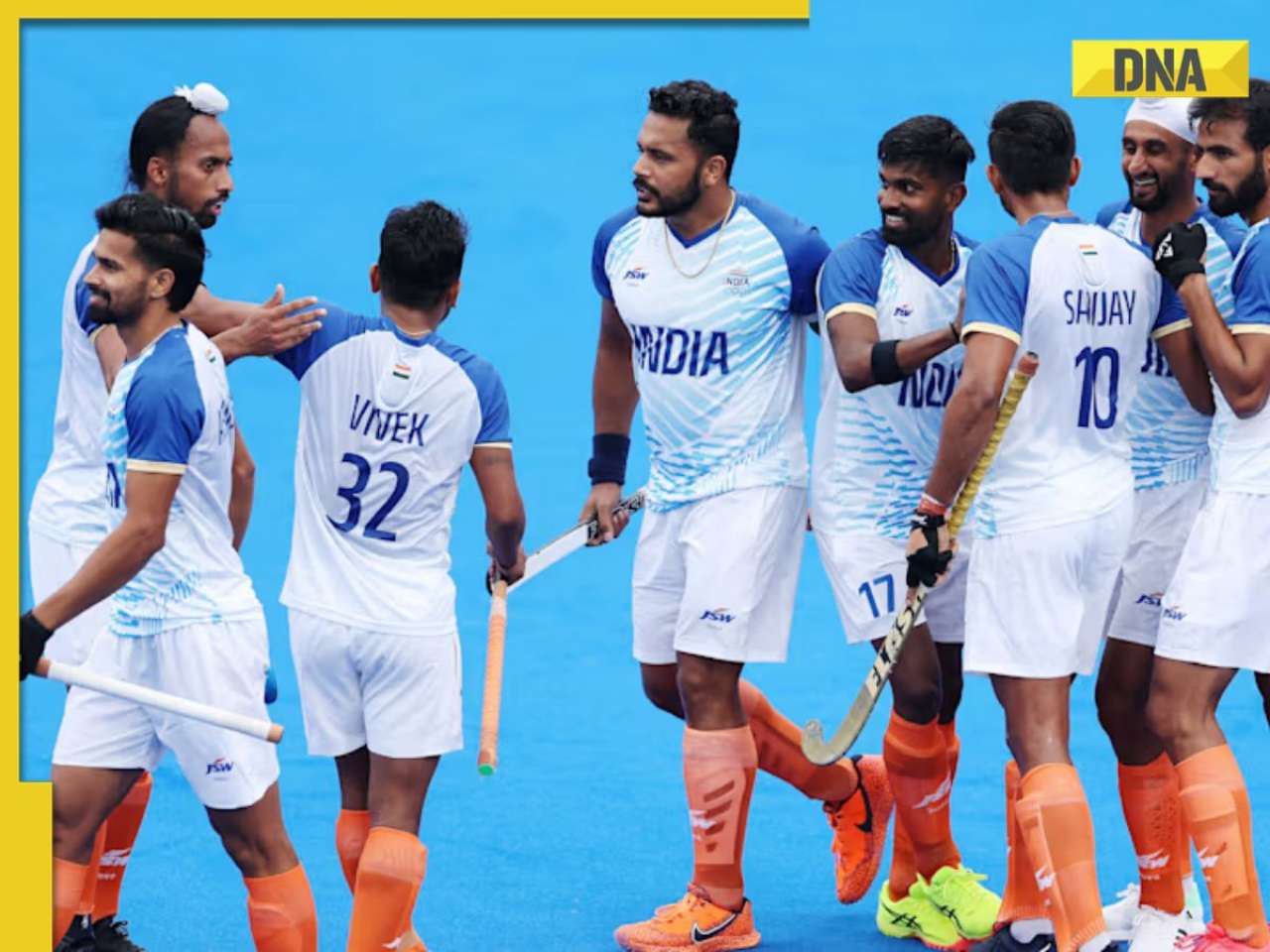










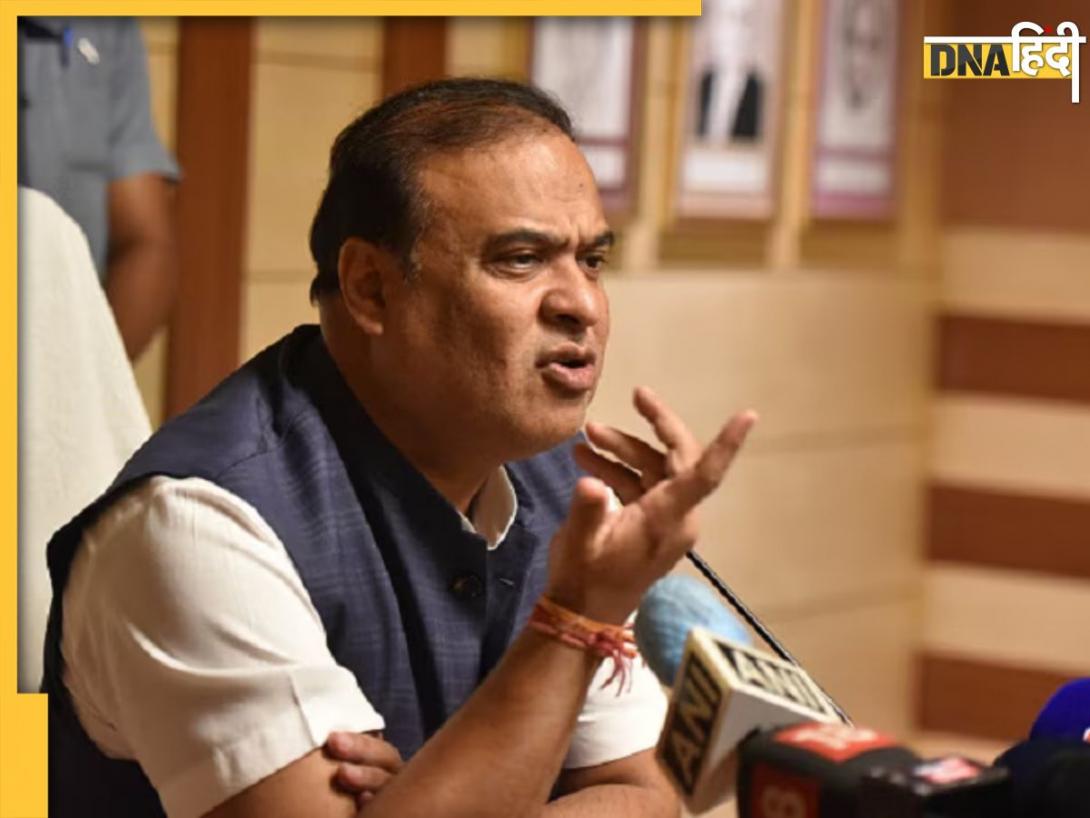
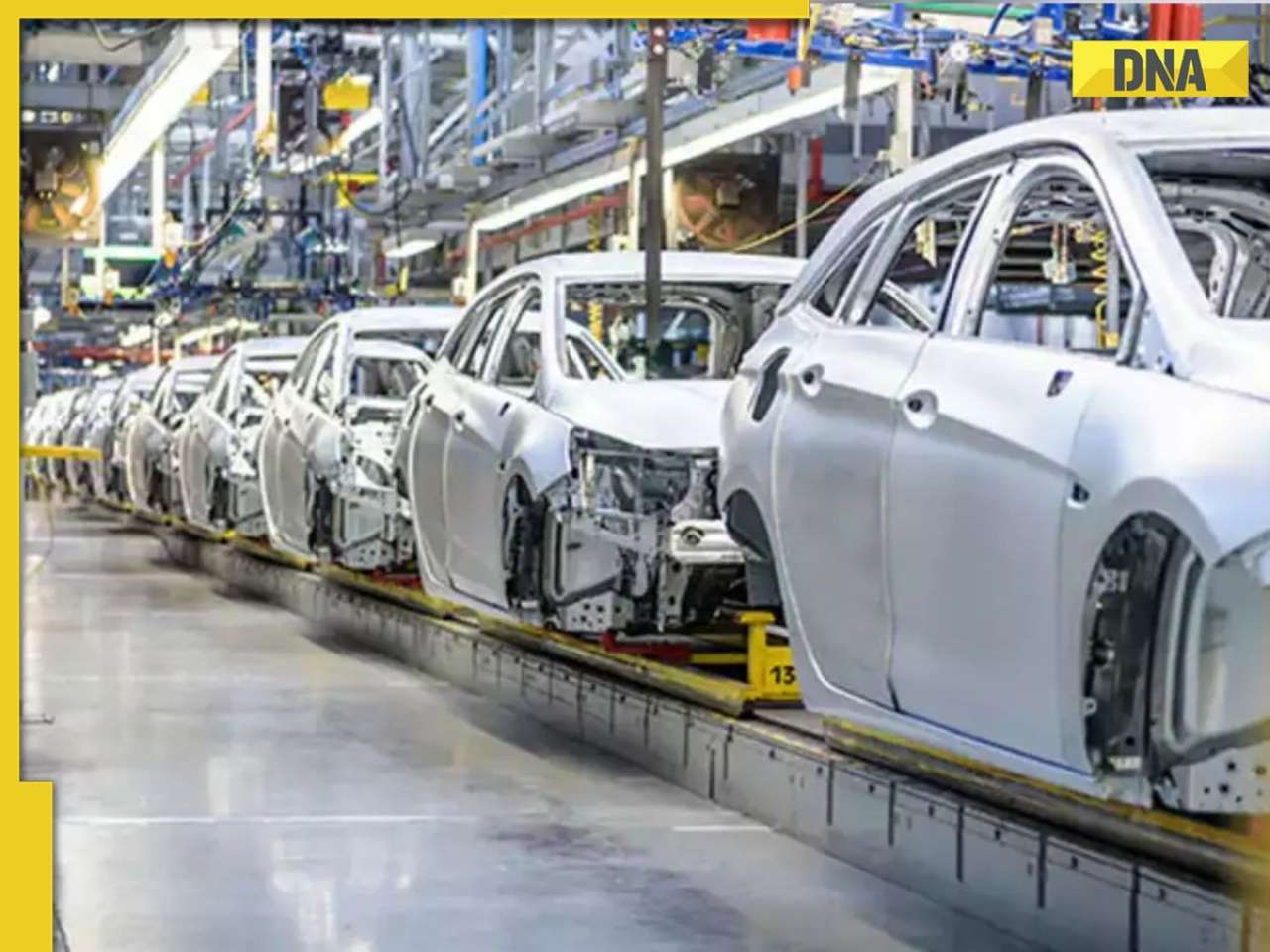




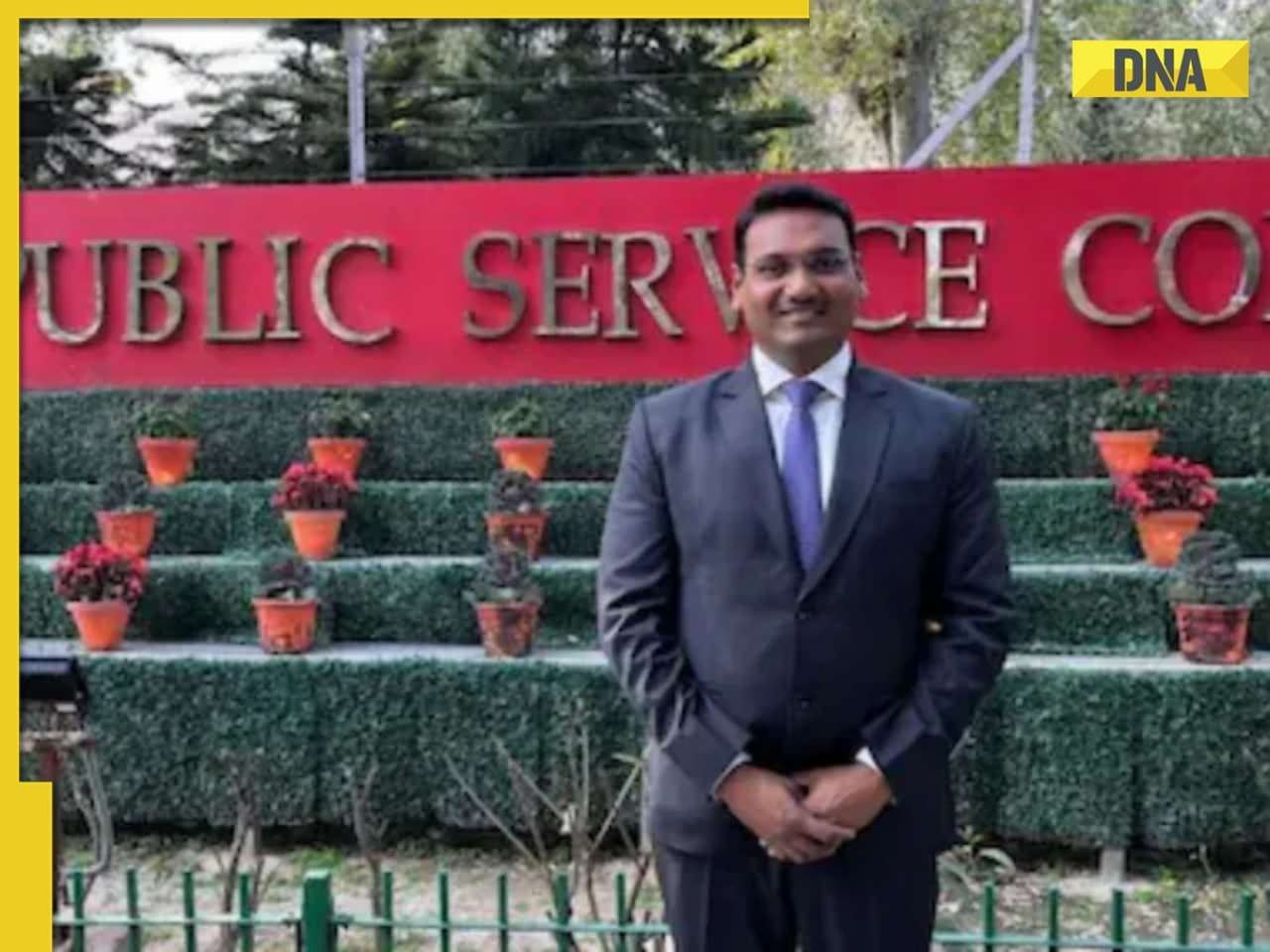





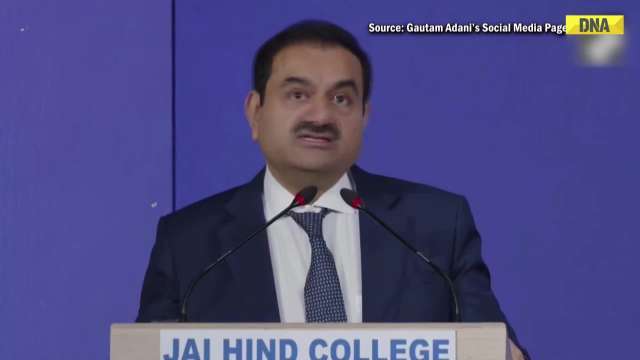

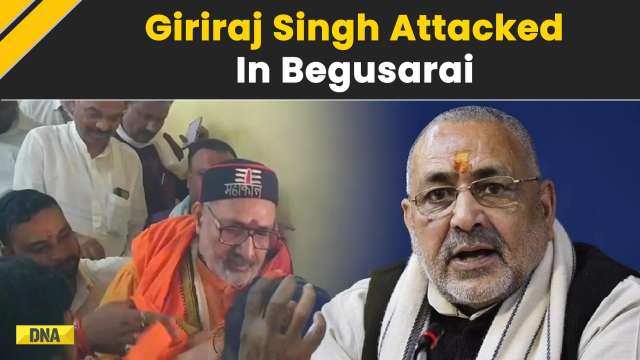
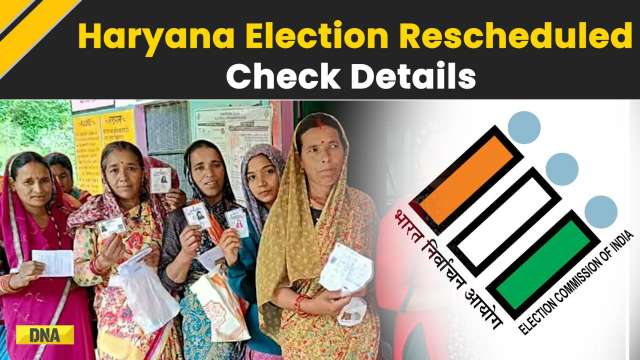
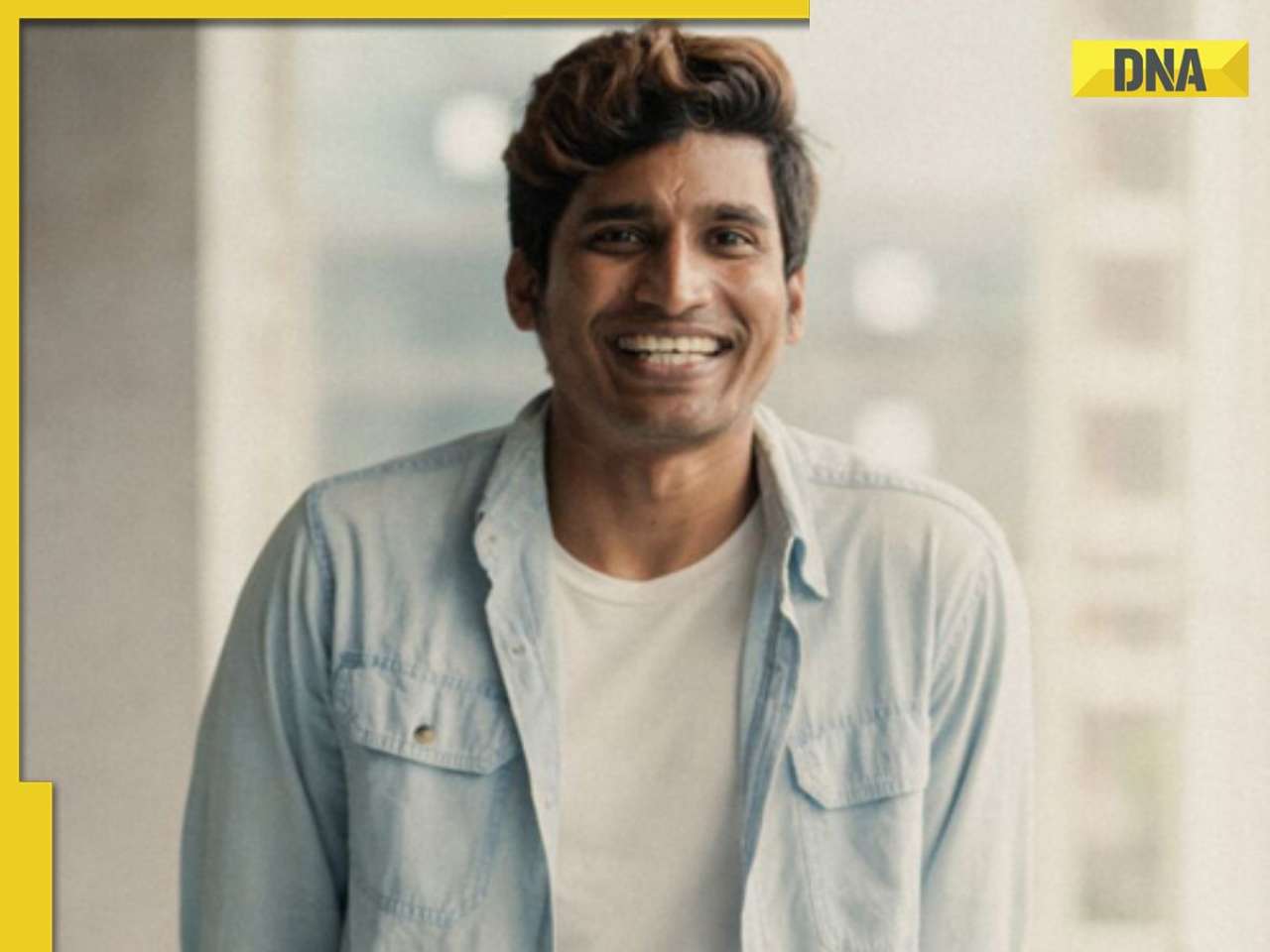




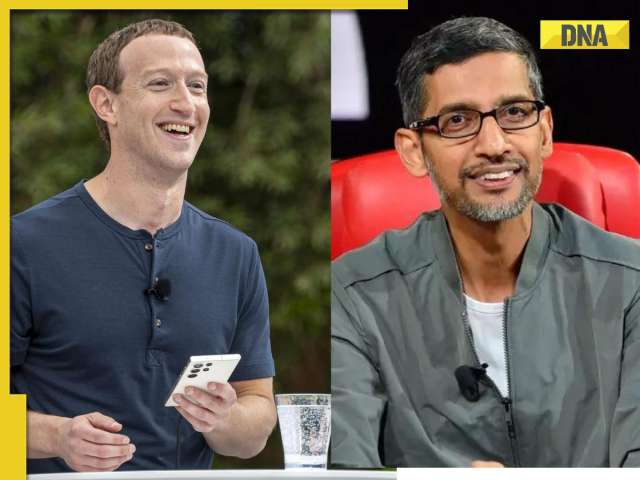


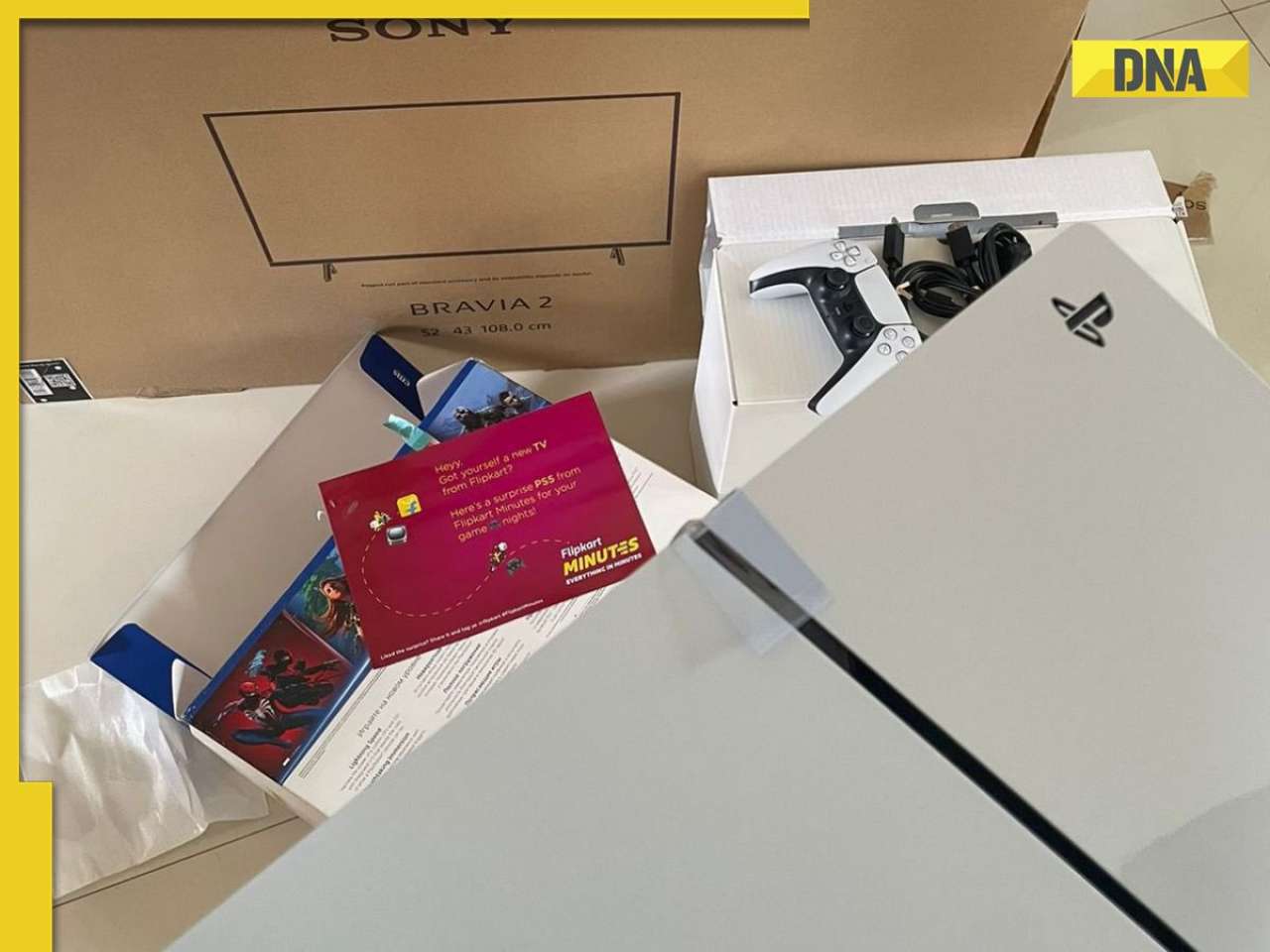
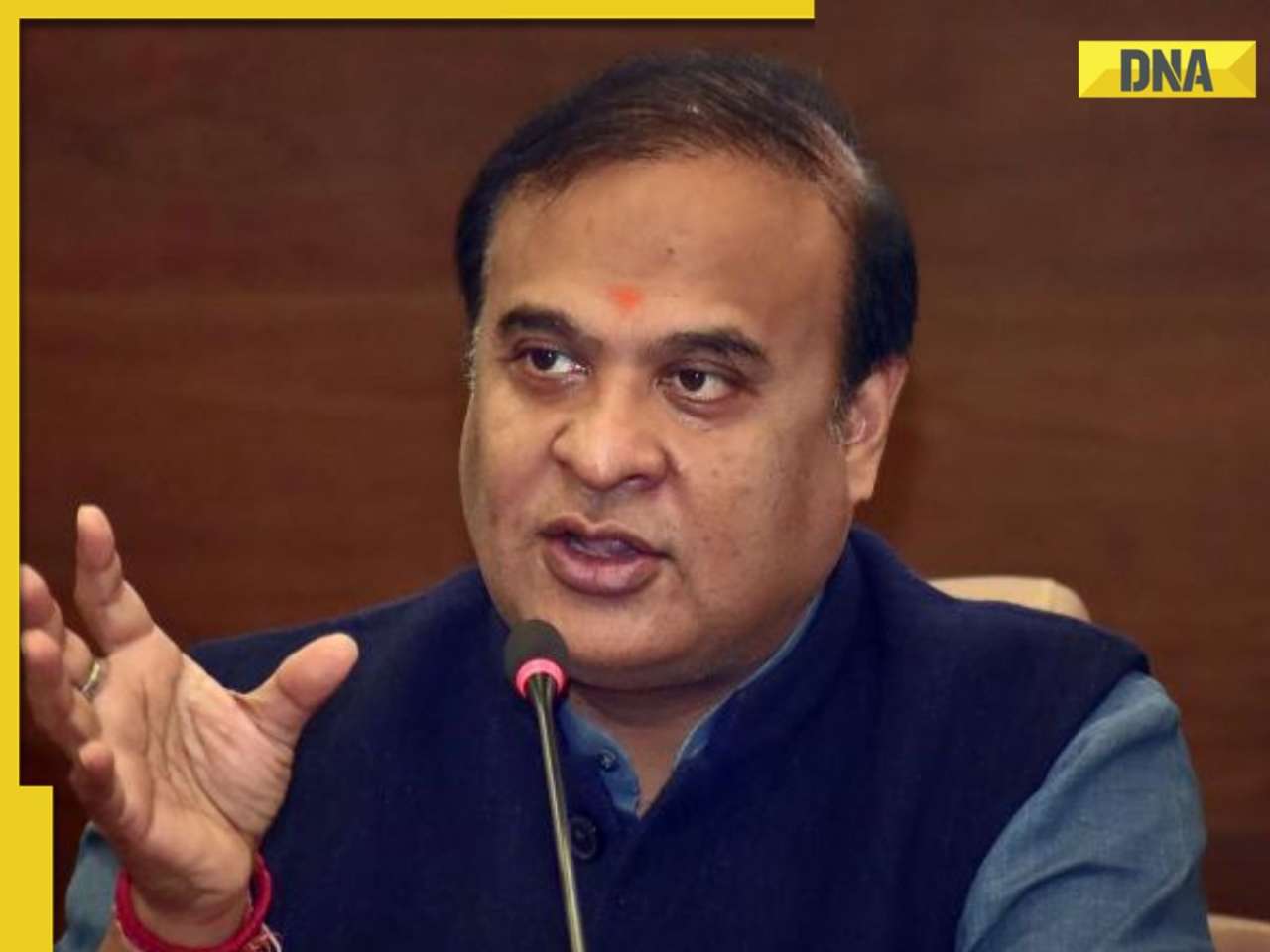



)
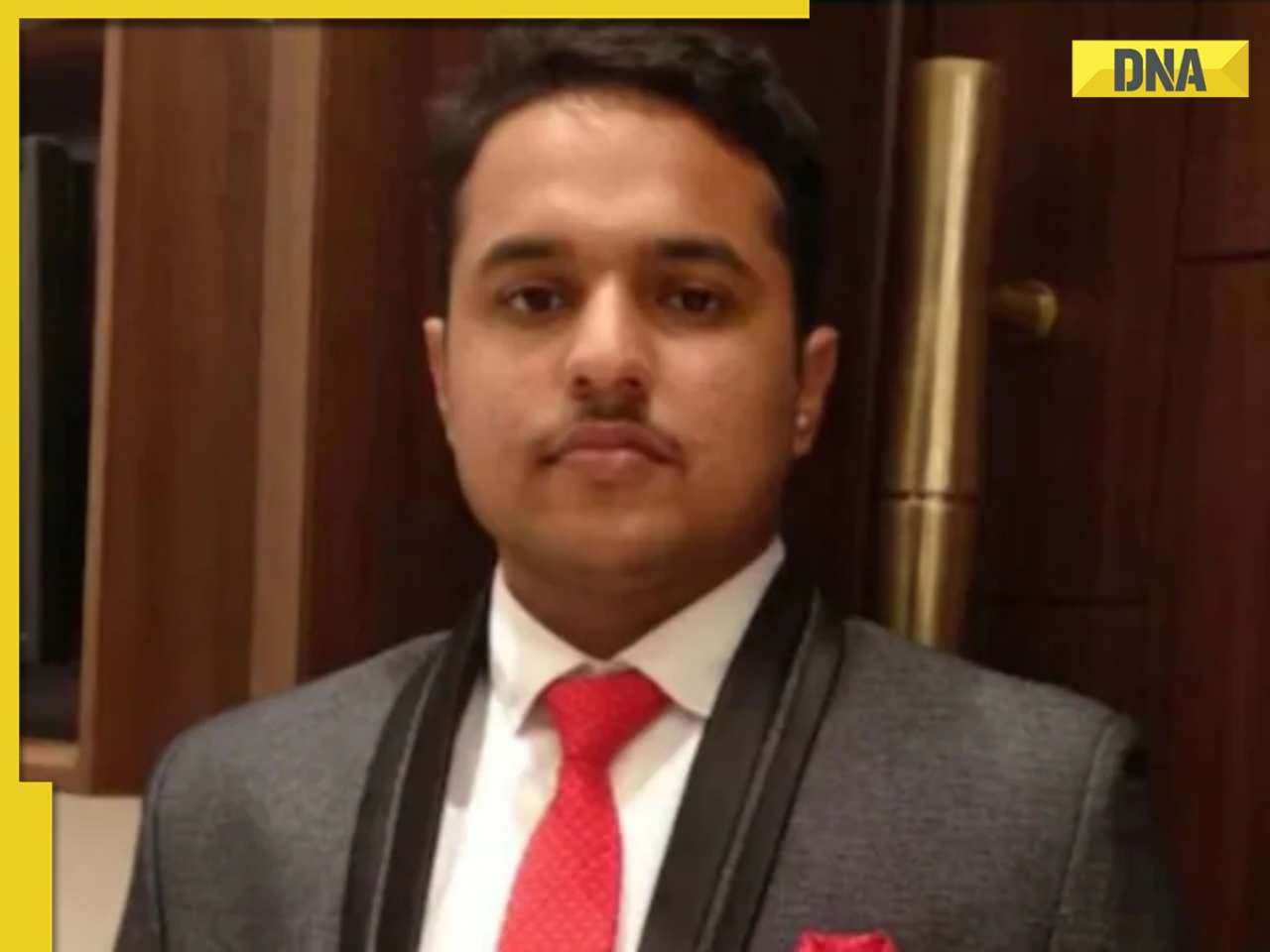)
)
)
)
)
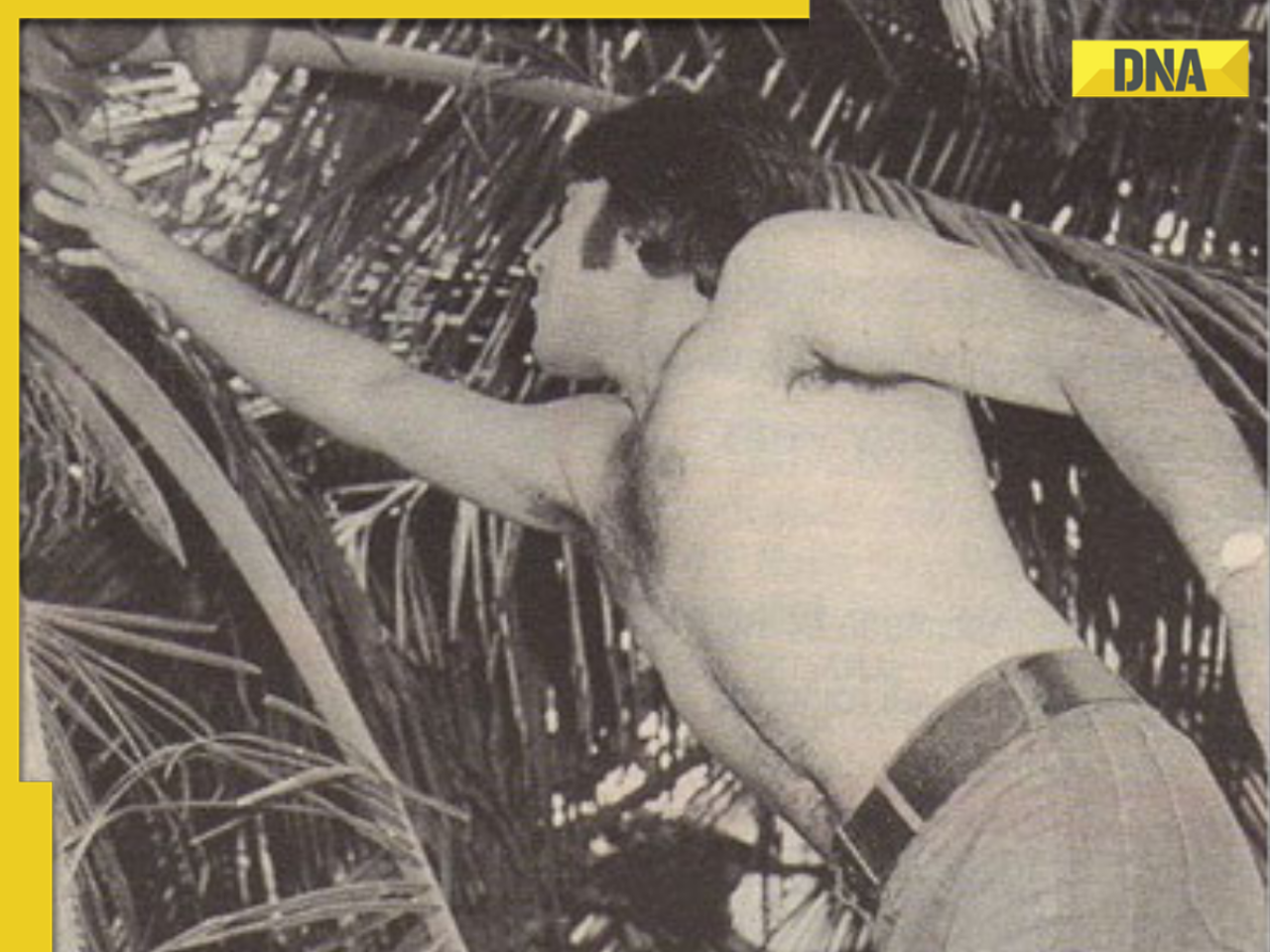)
)
)
)
)
)
)
)





)
)
)
)
)
)